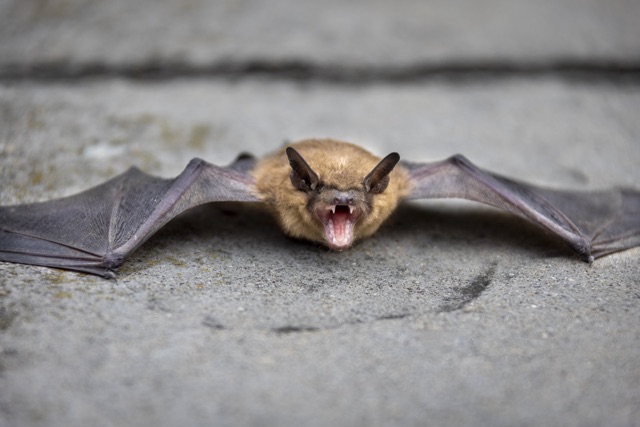
Bats have been surrounded by stories and misunderstandings for a long time. Bats have been misunderstood for a long time, from being thought of as monsters to being seen as creatures of the night. In fact, bats are interesting and helpful animals that are an important part of our ecosystem. In this piece, we’ll bust some bat myths and tell you what you really need to know about these amazing animals.
Myth 1: Bats can’t see
People often think that bats can’t see, which is not true. In reality, bats can see because they have eyes. But some kinds of bats have adapted to use echolocation a lot to find their way and find food at night. Bats are able to “see” in the dark because they can send out high-frequency sound waves and figure out what the returns mean.
Myth 2: Bats can fly down towards humans
Contrary to what most people think, bats don’t go after people or animals to get knotted in their hair. Bats are very quick and good at flying, and they can use their echolocation skills to find and avoid barriers. Bats would rather find insects to eat than get their hair caught in something, and they try to stay away from bigger animals.
Myth 3: Every bat drinks blood
Even though there are vampire bats, they are a very small part of the bat population, and they mostly feed on the blood of other animals, not people. Most bats eat insects, food, or nectar. By doing this, they help pollinate plants and get rid of pests, which is good for people and the environment.
Myth 4: Bats carry diseases like rabies and others
People fear bats unnecessarily because they are sometimes linked to diseases like rabies. Even though bats can get rabies just like any other animal, it doesn’t happen very often. Most bats do not carry the virus, and if they can, they will stay away from people. It is very important not to touch bats and to call a professional if you find one in your home.
Myth 5: Bats are mean and will attack people.
Bats aren’t mean animals, and they don’t look for people to attack. Bats may fight back if they feel threatened, just like any other wild animal, but their main urge is to stay out of trouble and find safety. Most bats are shy and would rather run away from people than face them.
Myth 6: Bats are dirty and spread diseases.
Bats are clean because, like cats, they groom themselves often. Even though bat guano (droppings) can build up in places where bats roost, it is not necessarily dangerous as long as the right precautions are not taken. Histoplasmosis is a rare lung disease that is linked to bat guano. It can be caught if the droppings are stirred up and the spores get into the air.
Myths about bats need to be busted if people are to learn more about and respect these mysterious animals. Bats aren’t dumb, and they don’t fly down to get their wings caught in people’s hair. They also don’t attack people. They are incredibly beneficial to the environment, contributing to pollination and insect control. Even though bats can carry diseases like rabies, the chance of getting them from them is low if the right safety measures are taken. Understanding the facts about bats allows us to coexist peacefully with these remarkable animals while valuing their vital role in our ecosystem. By dispelling misconceptions and embracing the truth about bats, we can cultivate a deeper appreciation for the wonders of the natural world.
